Techrules Ren Is Weirdly Named 1,287-HP Turbine-Electric Hypercar From The Future
Hurry up, time!
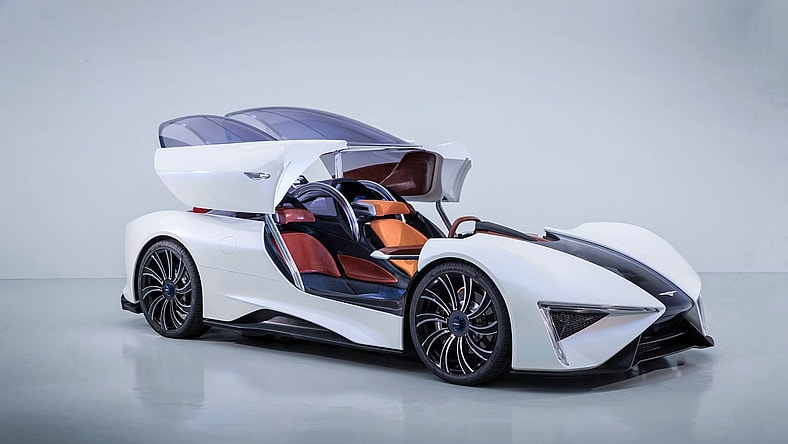

The one thing the future has always promised, aside from flying cars, is jet turbine-powered cars. As these are land-bound, they have always seemed more practical, yet the whine of a taxiing airliner remains frustratingly elusive on the highway.
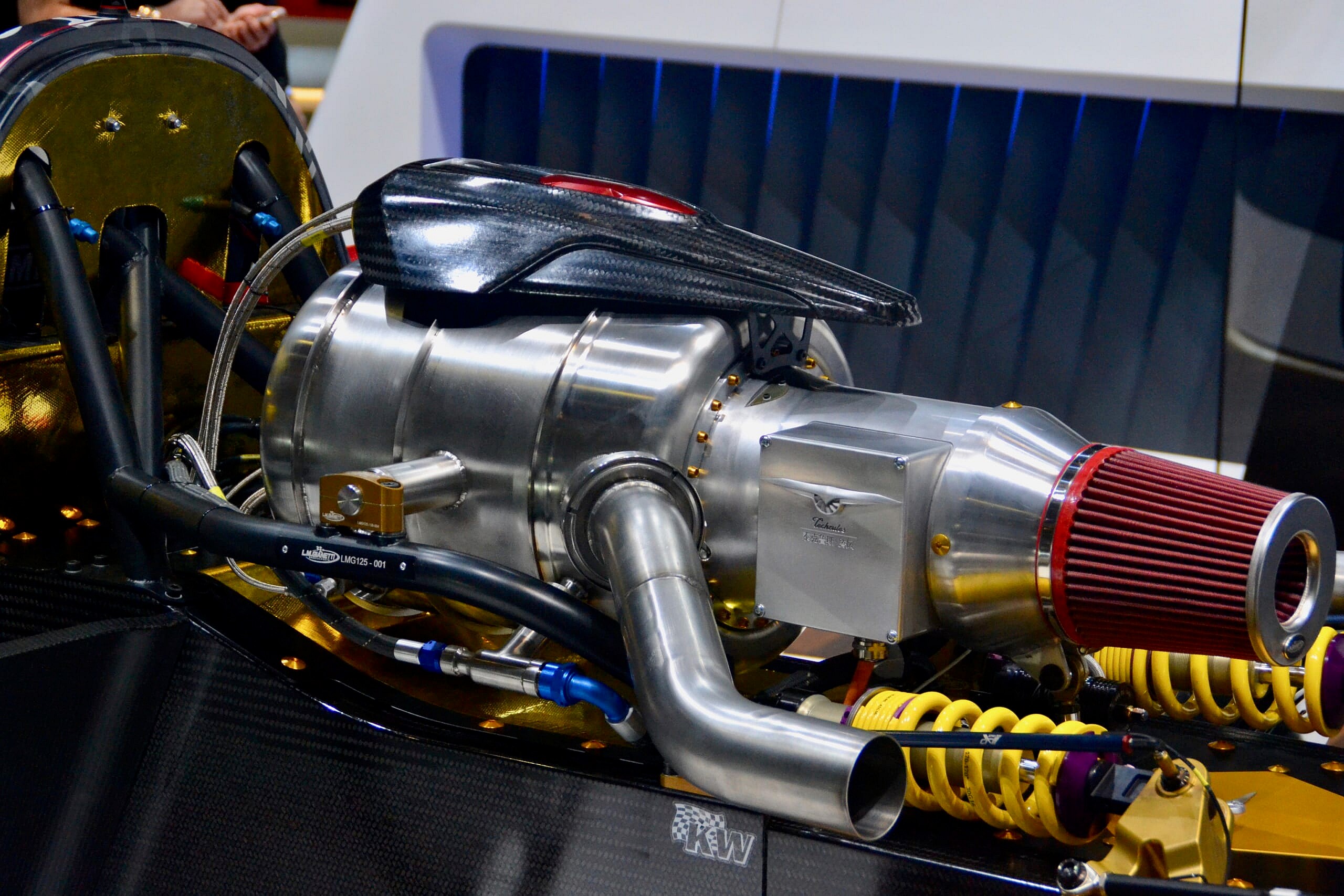
No more, if Chinese supercar research and development company Techrules has its way. The Techrules Ren uses a turbine to generate electricity for its 1,287-horsepower, six-motor electric drive system, an arrangement that overcomes the turbine’s primary shortcoming in regular driving.
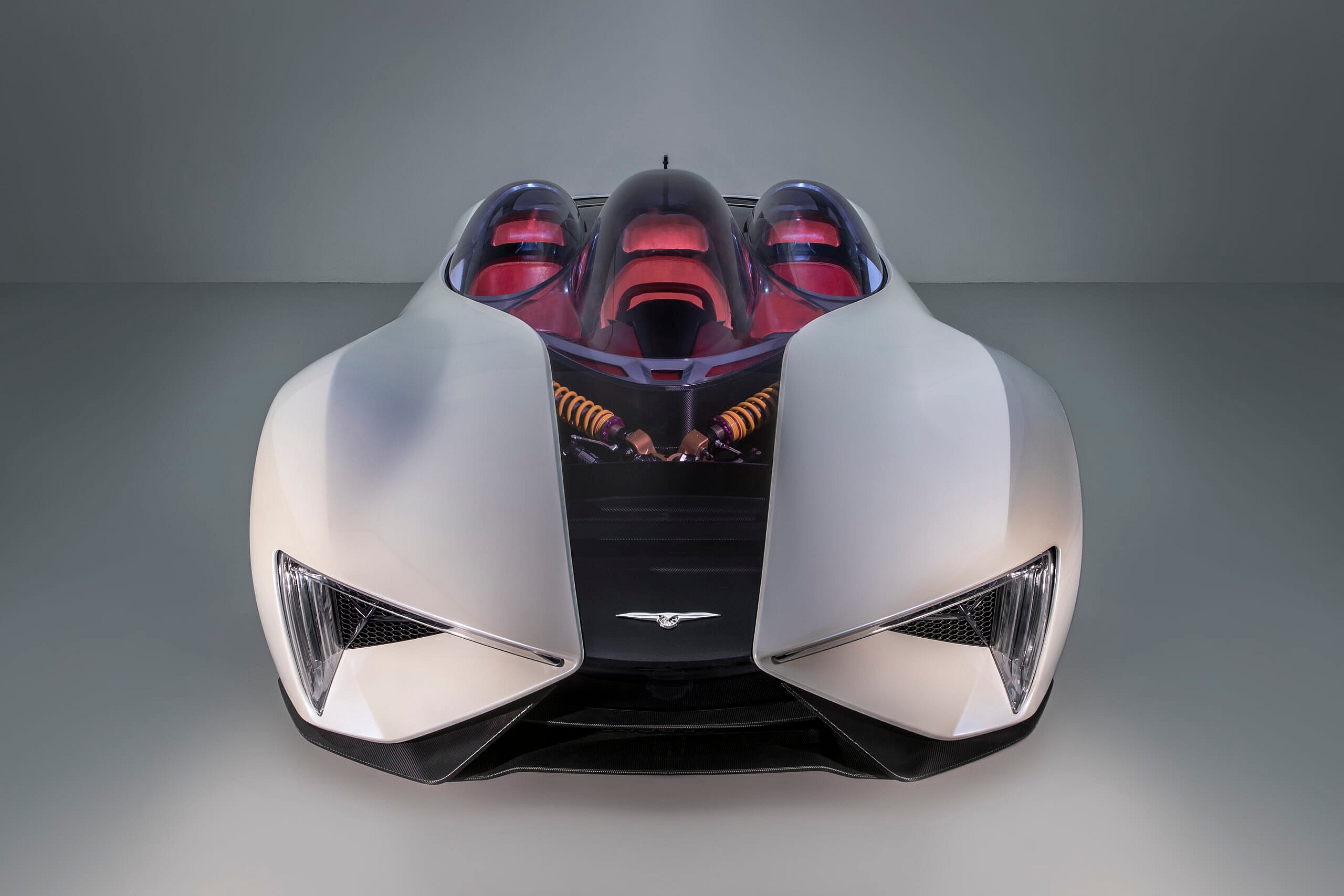
The Ren uses a lightweight 25 kilowatt-hour battery pack, which is approximately the size of the one in the original Nissan Leaf rather than a heavy pack like the 100 kWh pack in the Tesla Model S P100. Driving range of as much as 1,240 miles is provided by the turbine engine’s 21-gallon fuel tank.
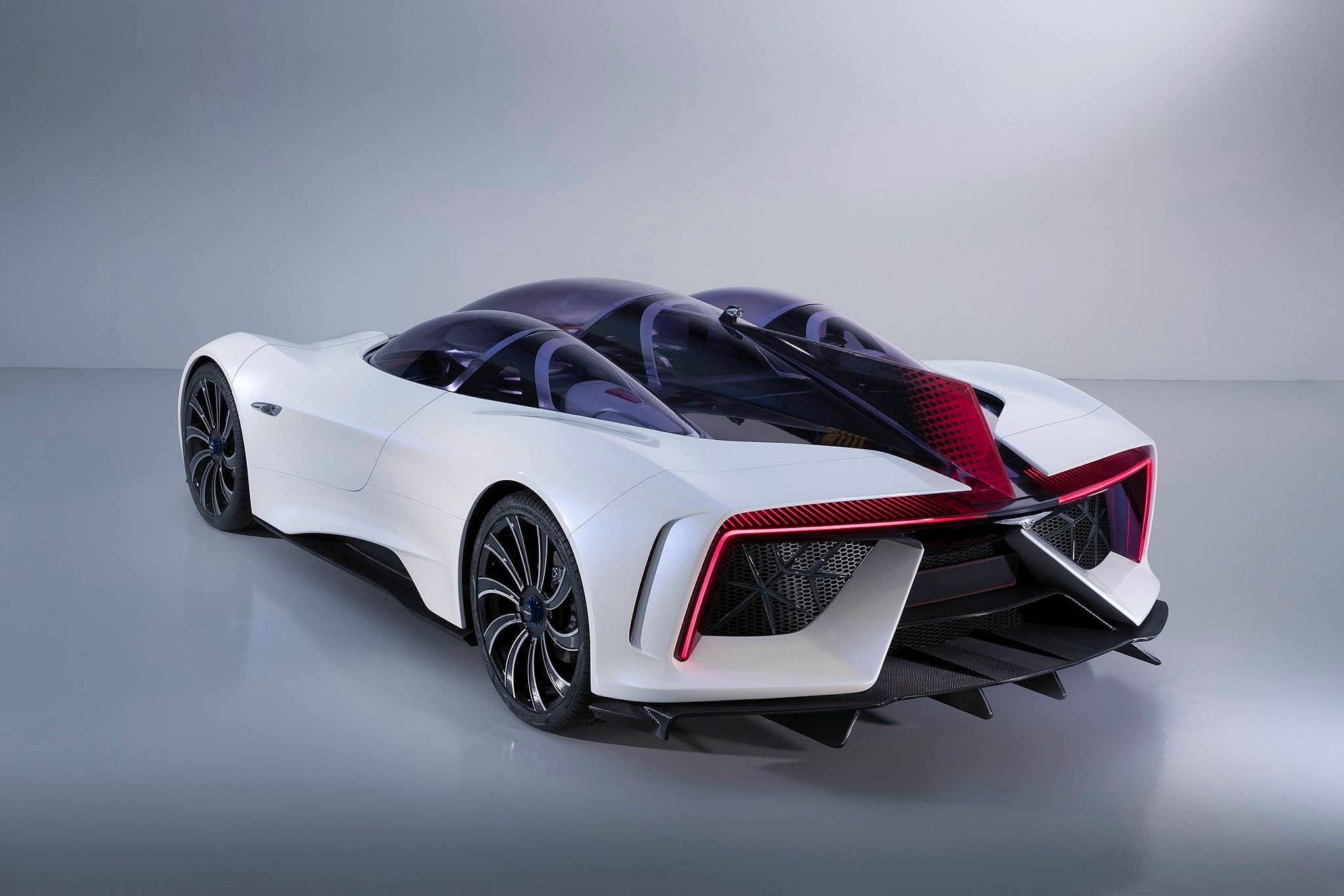
“Because turbines have always been a very inefficient way to convert chemical energy into useful, wheel-turning mechanical energy, only a few have tried to use a turbine in the powertrain system, and none have ever succeeded commercially,” observed Techrules chief technology officer, Matthew Jin.
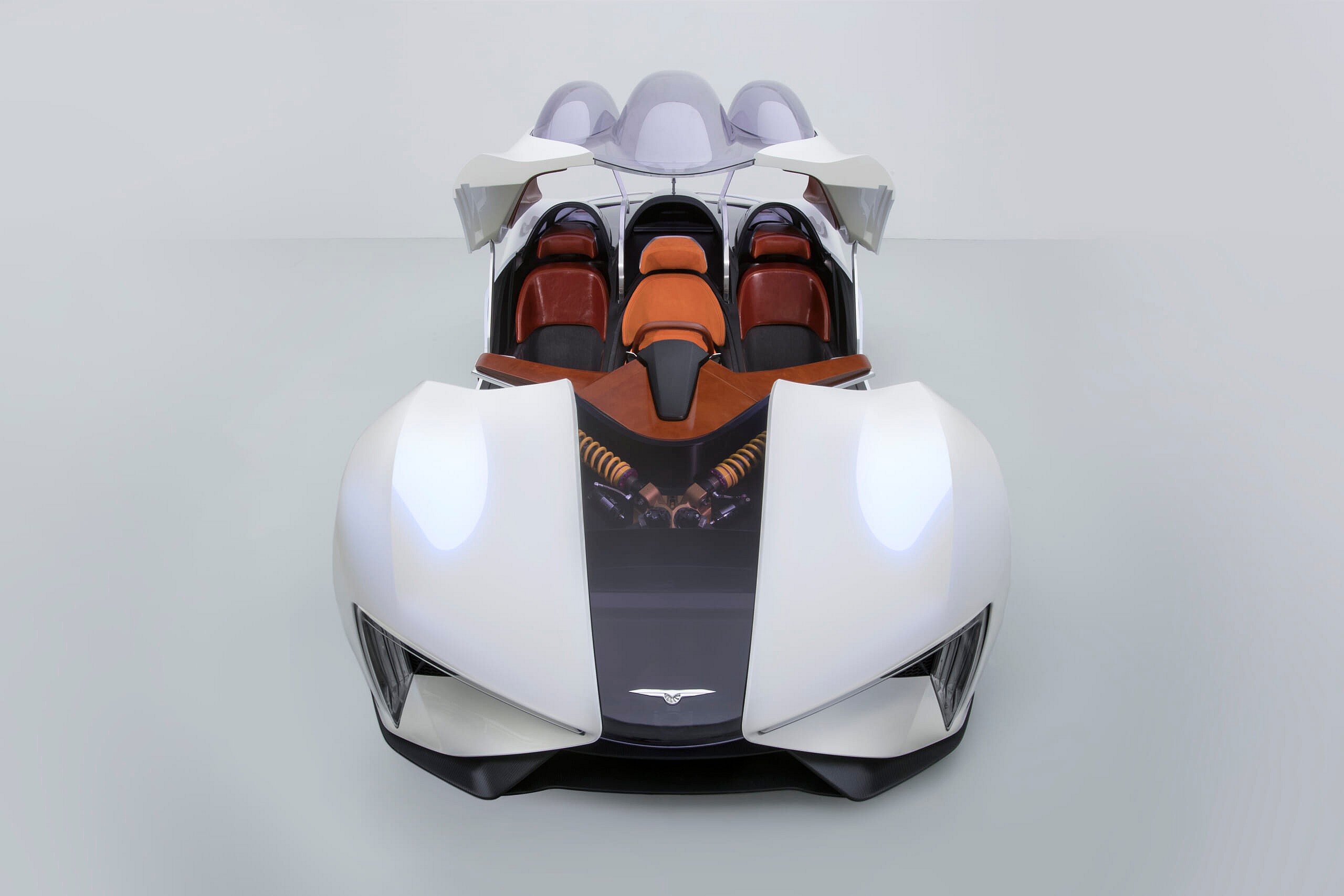
“But, with electric vehicles, an electric motor is used to drive the wheels, which effectively frees the combustion engine to exclusively convert chemical energy into mechanical energy and finally into electric energy,” he explained.
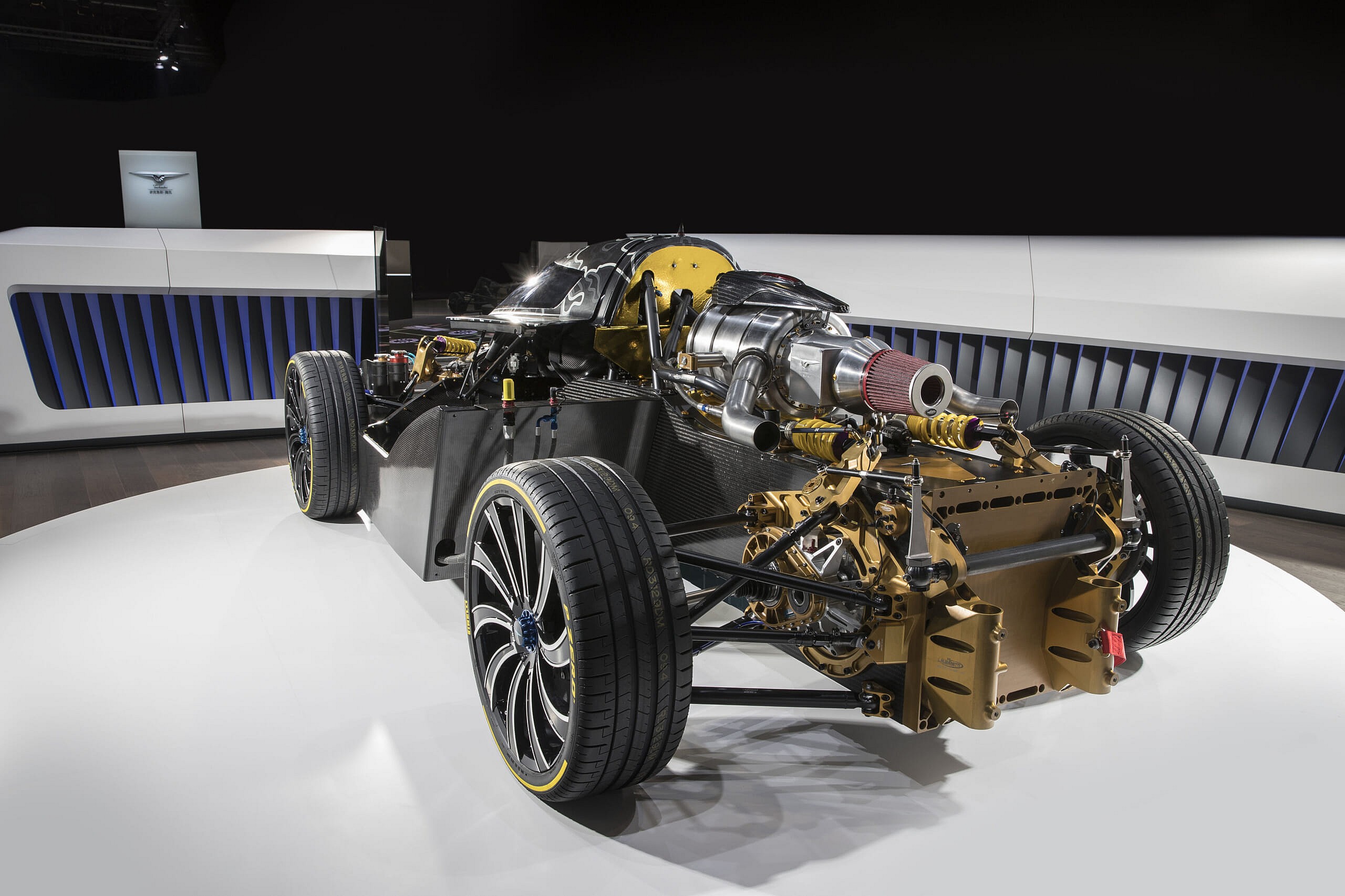
“This is a major breakthrough, making it possible for us to use the highly efficient turbine engine as a superb range extender on our vehicles.” Techrules predicts the Ren will score 31 mpg in regular driving.
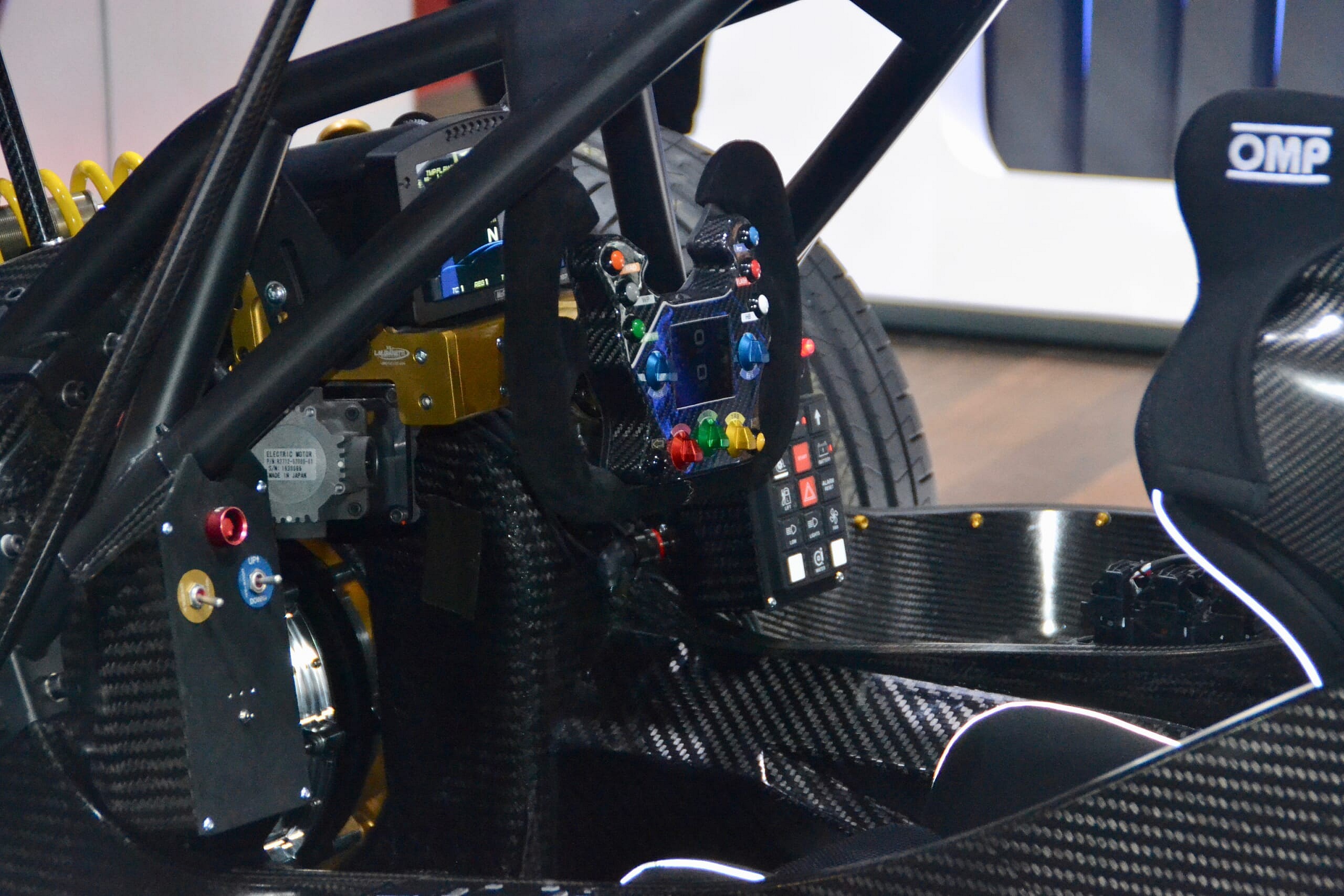
The Ren is built on a carbon fiber chassis, designed and built by motorsport specialist, L.M. Gianetti, in Torino, Italy. The car has a central driving position, in the manner of the classic McLaren F1. The center seat is flanked by modular pods which can contain passenger seats or serve as cargo space.
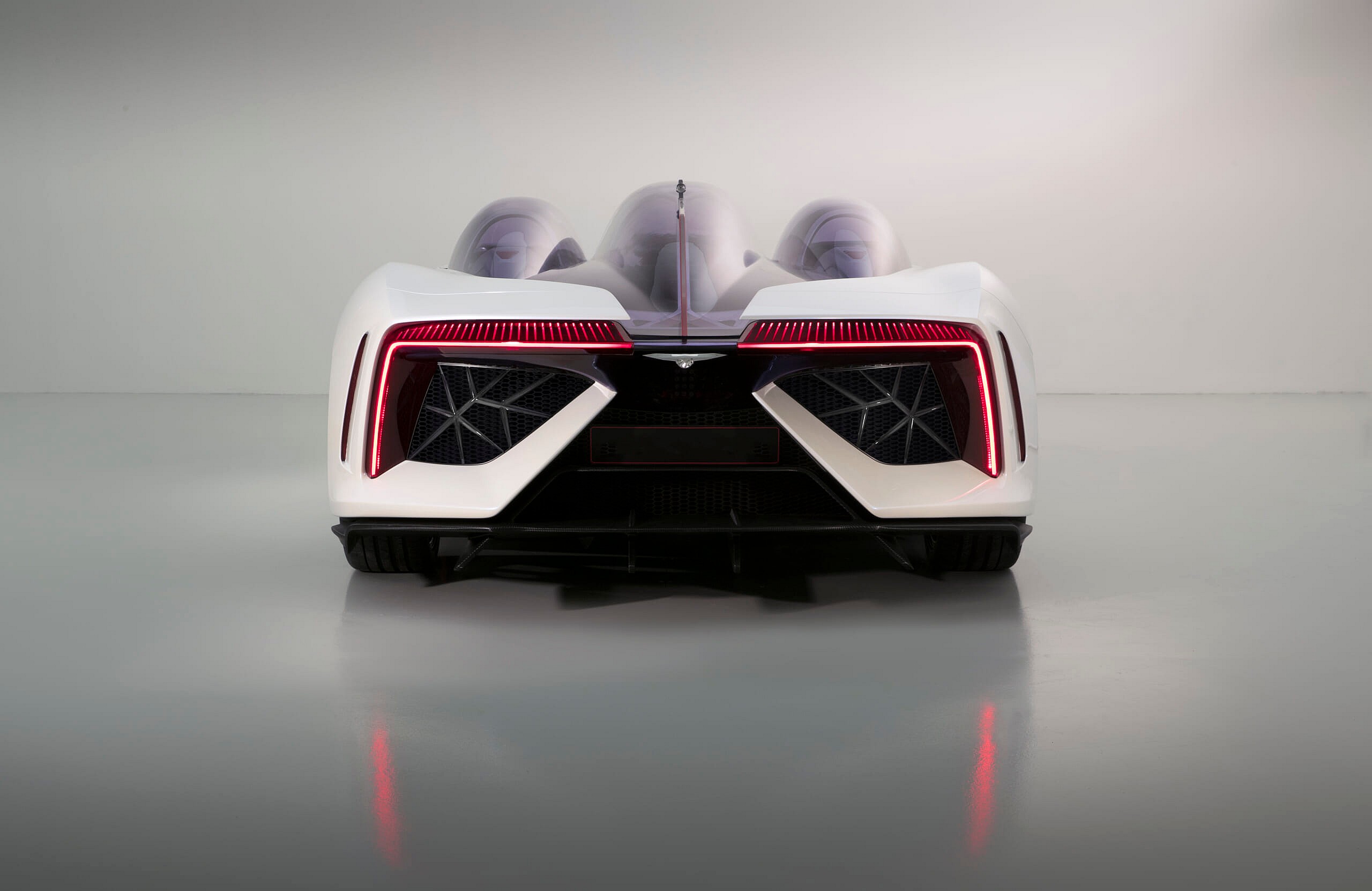
In traditional supercar fashion, the turbine powerplant sits behind the driver, providing a short and direct exit to the rear for its hot exhaust gases.
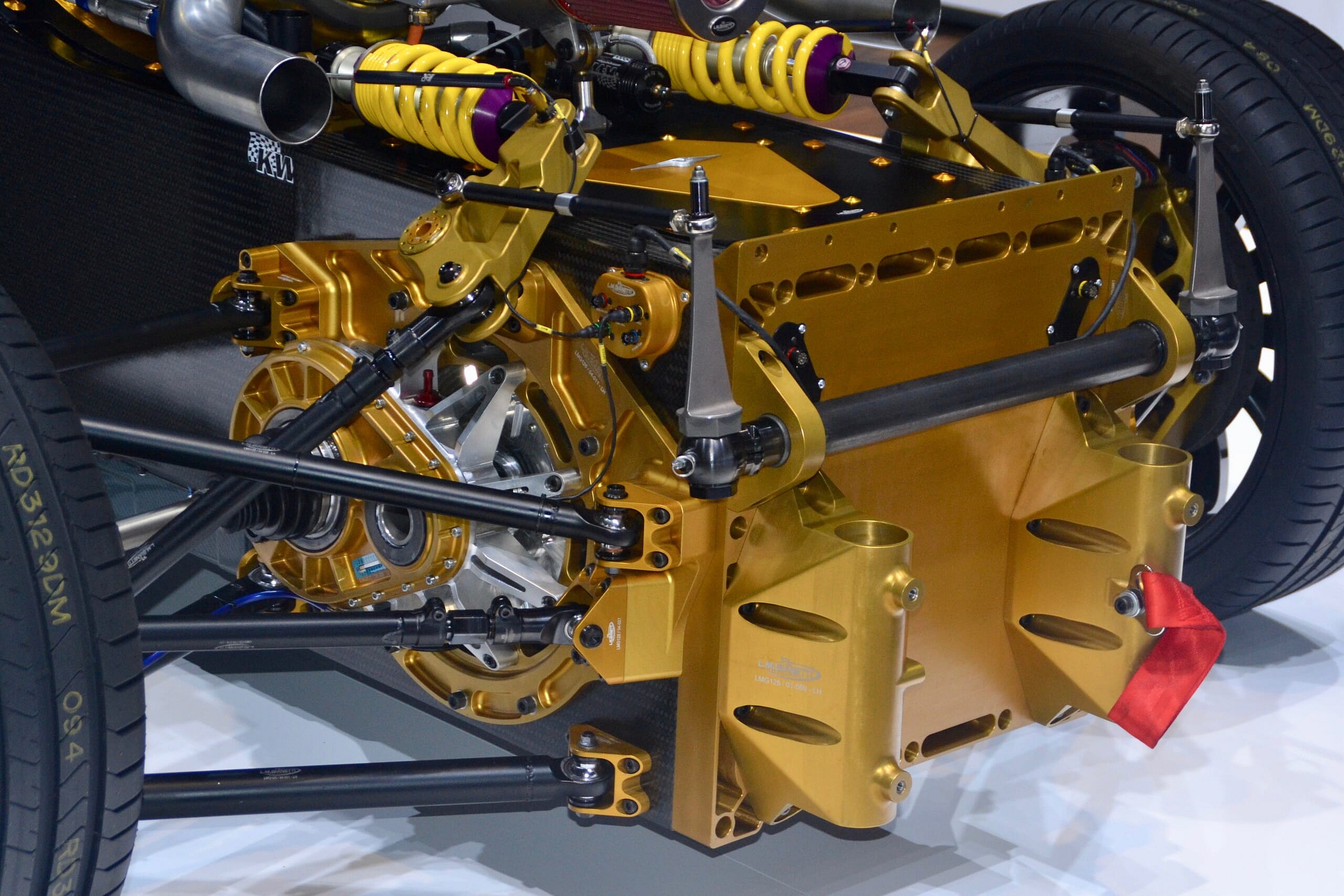
Techrules applied motorsports technology to the Ren’s suspension, using a pushrod design with horizontally mounted adjustable shock absorbers and even adjustable anti-sway bars to ensure the Ren can be dialed to the driver’s preference and conditions.
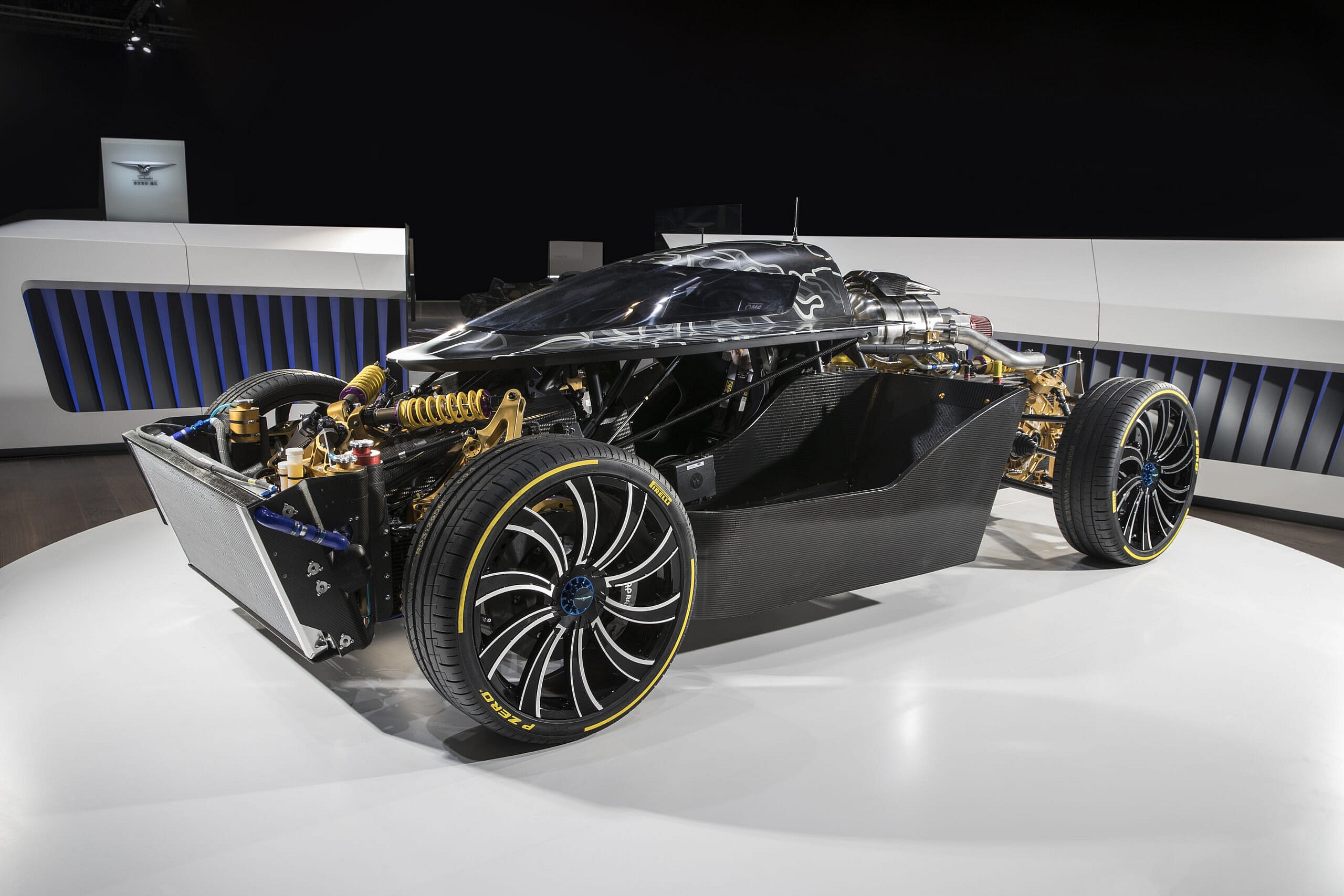
The massive 22-inch wheels provide space for the Ren’s 380 mm AP Racing front brake rotors and six-piston calipers, for suitable stopping power for this 199-mph machine.
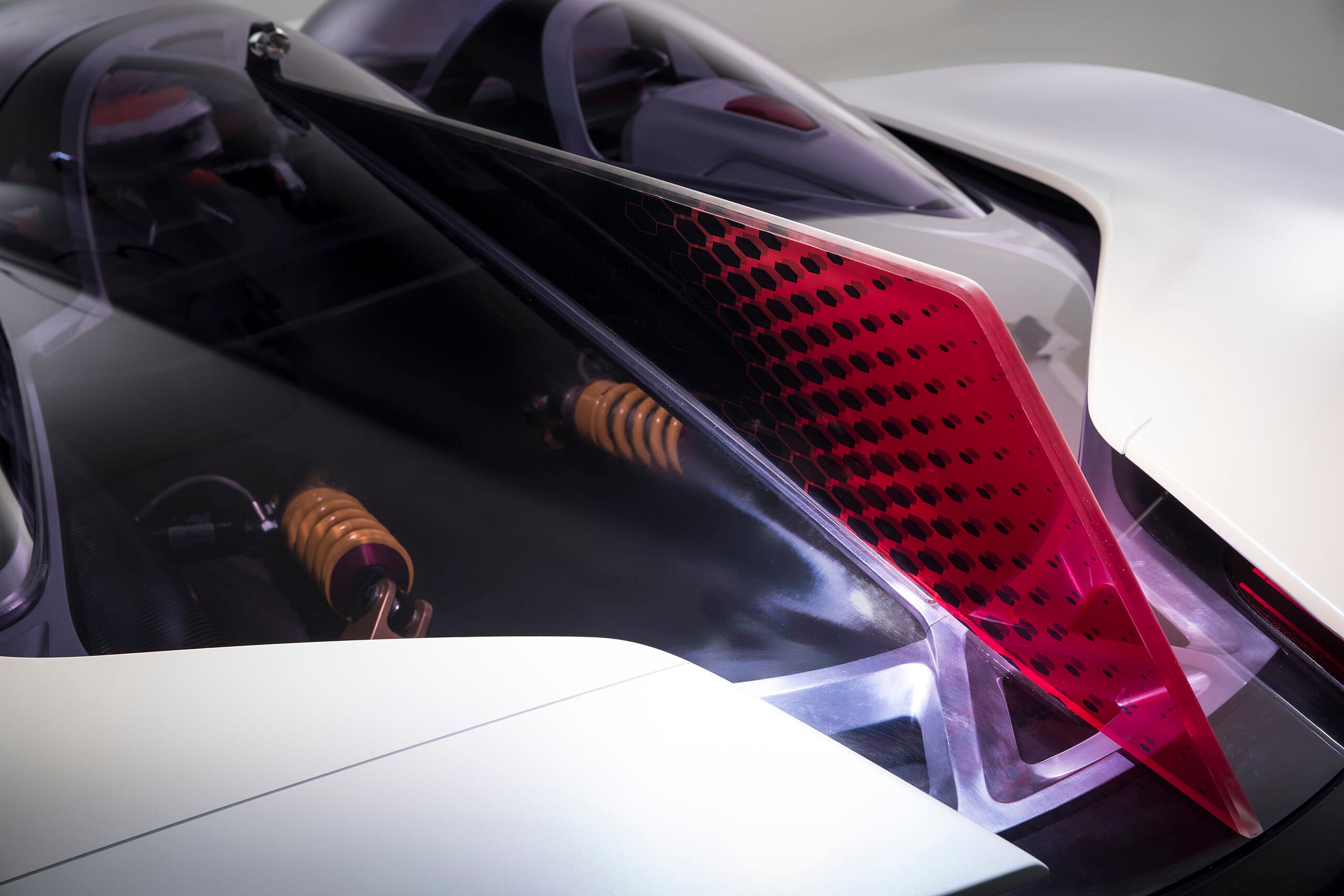
Its modular design permits for the customer to choose to install two, four or six of the possible electric motors, battery packs of 14 kWh, 25, kWh, or 32 kWh, and either one or two 30 kilowatt turbines, or a pair of high-power 80 kW turbines. This allows for maximum flexibility in terms of speed, cost and efficiency for the Ren.
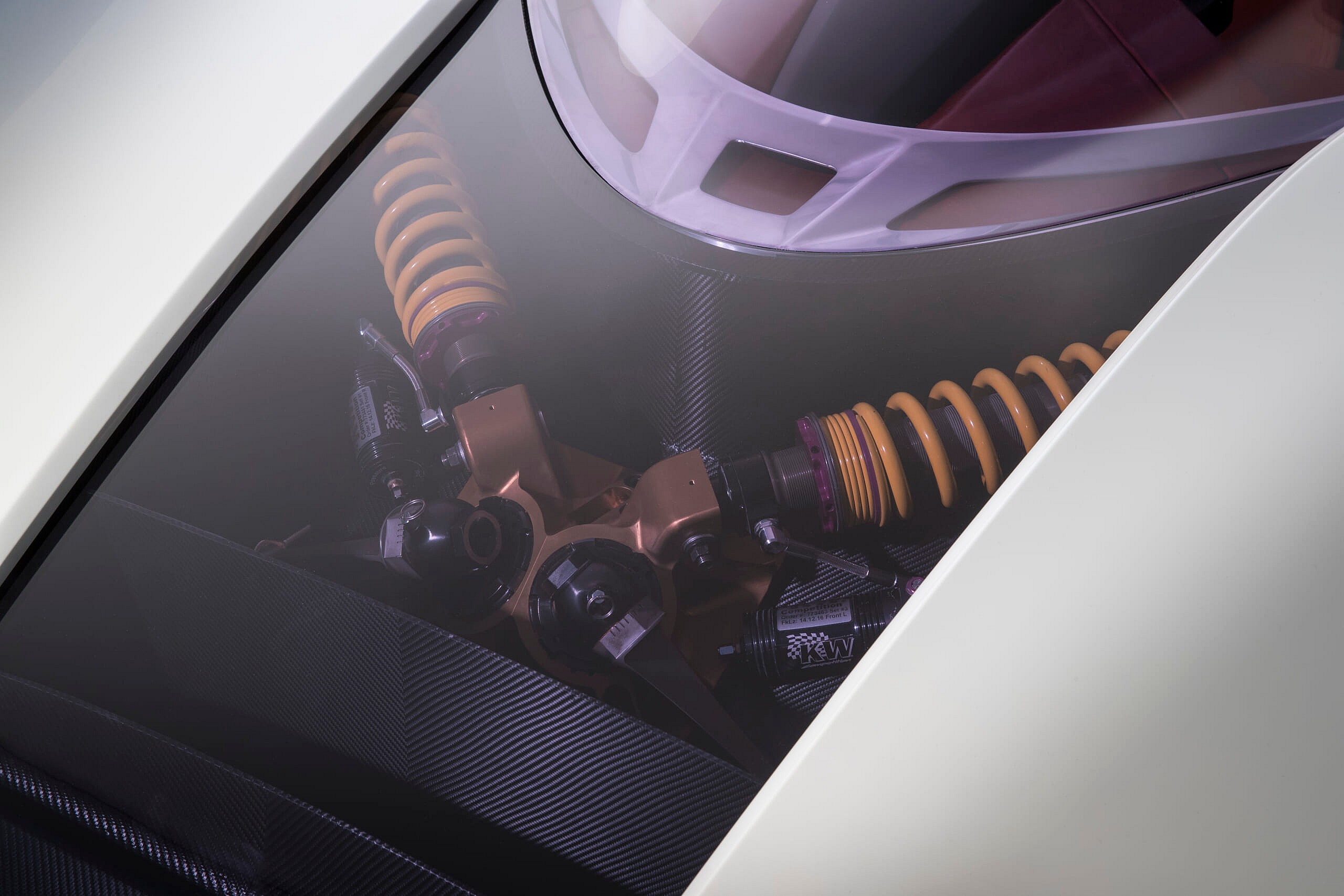
Even the minimal, two-motor version will have 429 horsepower and 575 lb.-ft. torque at its disposal.
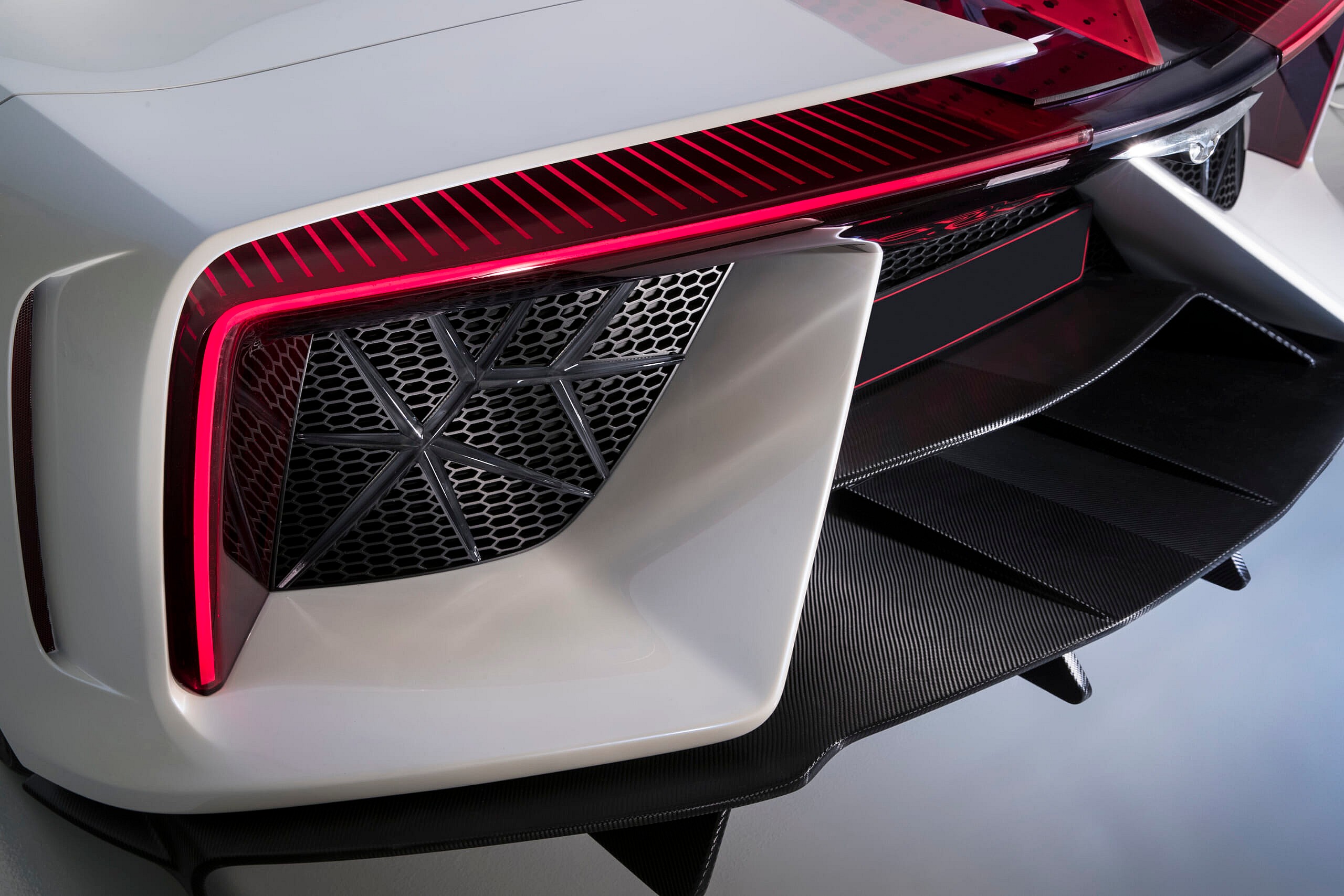
As with the underpinnings, Techrules turned to Italian specialists for the car’s body design. “It is very simple, we designed something very aerodynamic, and the two points on the sides are the big wheel arch because they allow the two big 22-inch wheels.” explained designer Fabrizio Giugiaro.
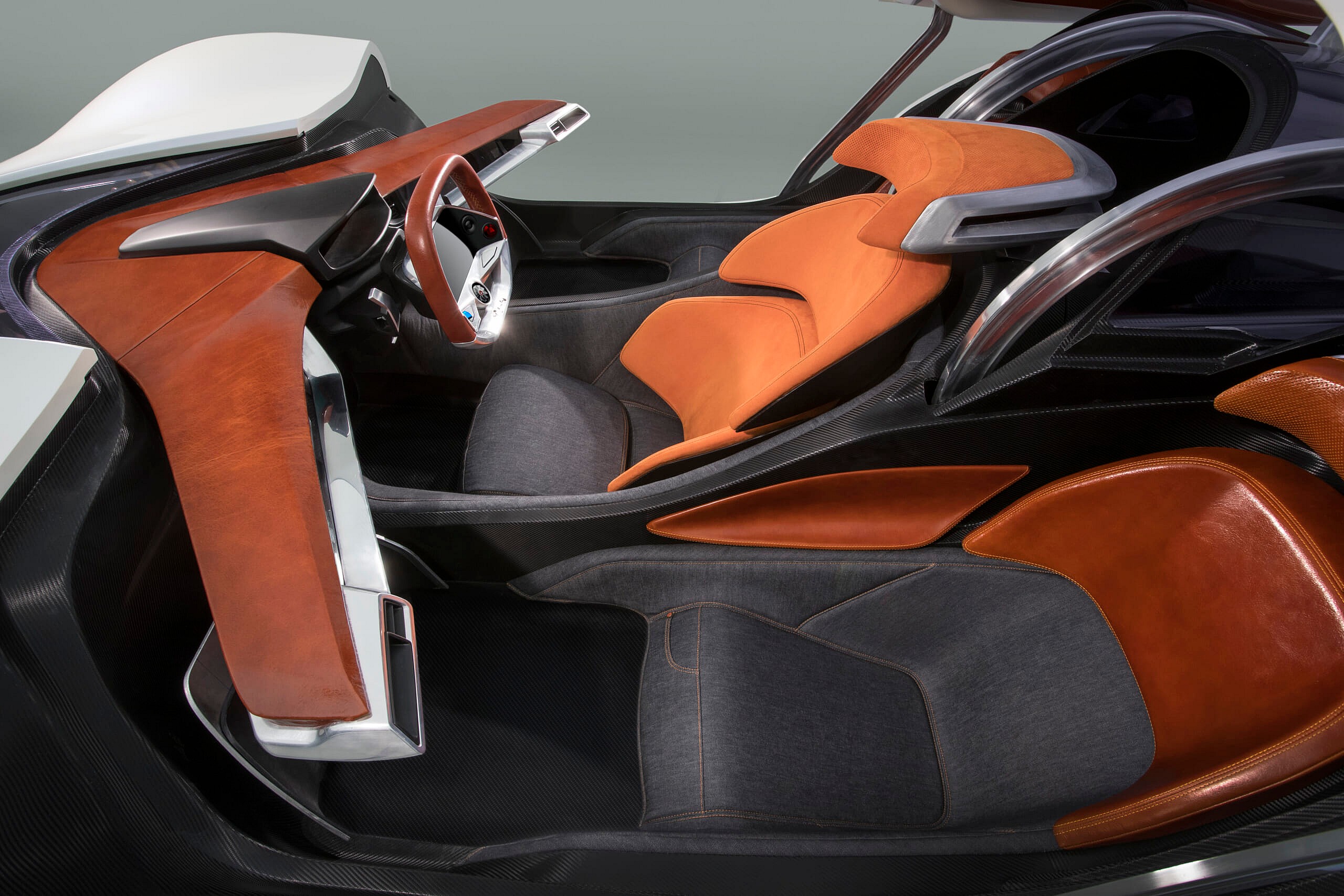
Giugiaro demonstrated the Ren’s ease of step-in entry with its fighter plane-style power-retracting canopy, during the car’s unveiling at the Geneva Motor Show. He didn’t discuss the plan for exiting the vehicle in the event it flips over in a crash.
The Ren’s carbon fiber wraparound cockpit and passenger pod spaces are finished using cuoio italiano leather and alcantara), while the seats are upholstered in a denim by Pantaloni Torino.
Ren production is scheduled for 2018, and L.M. Gianetti will also build a limited run of hand-built track-only cars at its facility in Italy.
